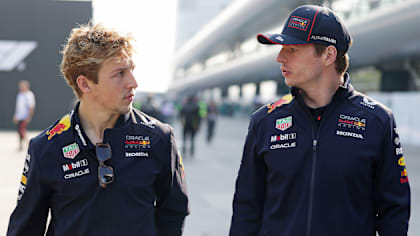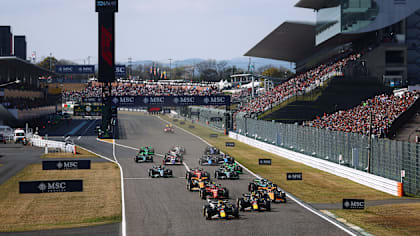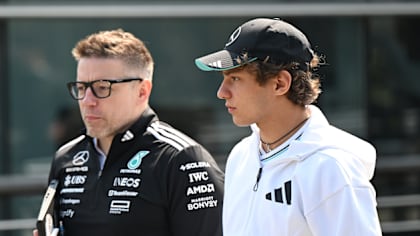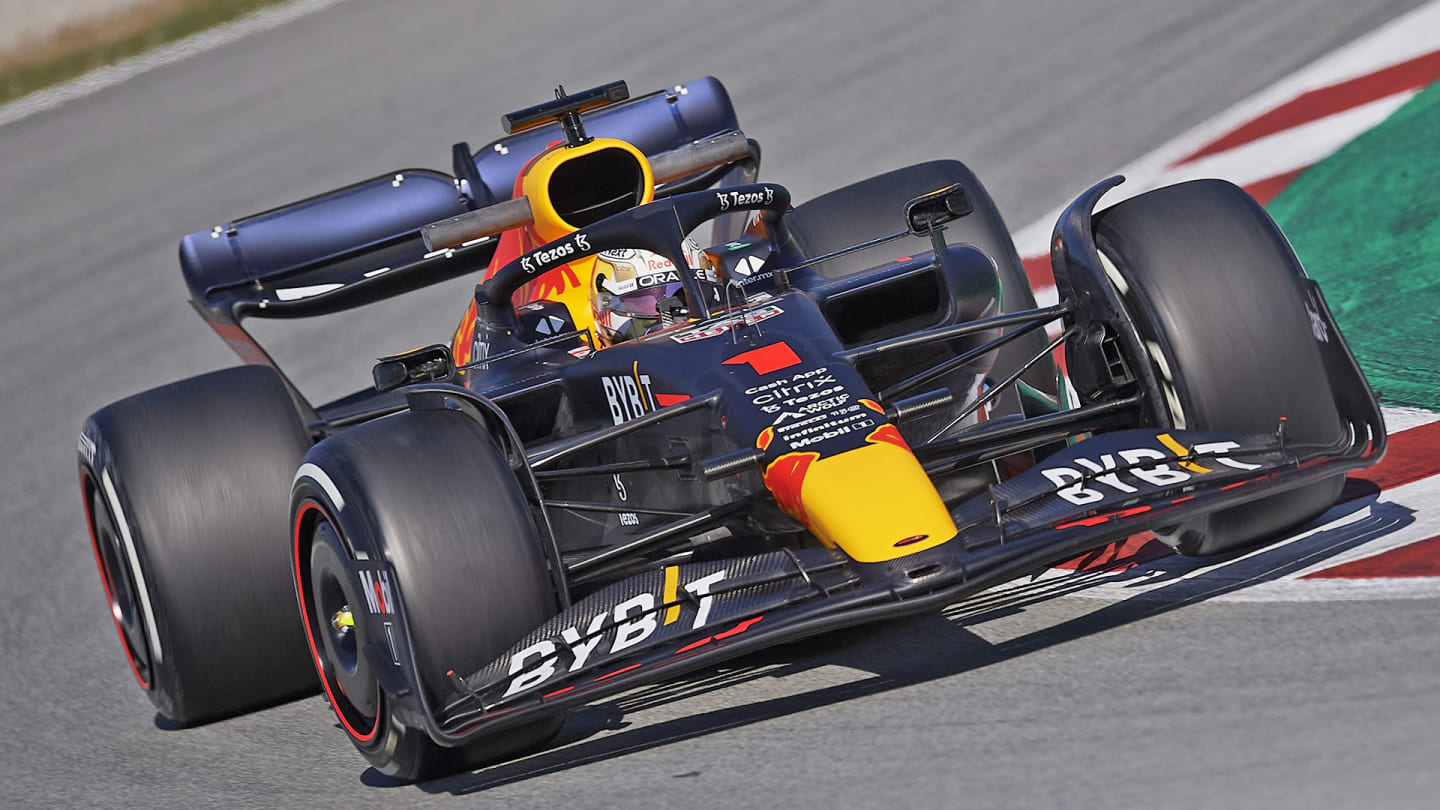
News
ANALYSIS: The fascinating features on show as Red Bull’s proper RB18 is unleashed at Barcelona

Share

The first day of the three-day Barcelona pre-season sessions has given us the chance to finally see the new Red Bull RB18 out in the open. As would be expected, it appears to be a highly innovative design, with several features not seen on other cars.
High nose
In a crop of cars which display a big range of philosophies on nose and front wing height, Red Bull have opted for a high nose with a big clearance under the centre section of the wing to maximise the volume of airflow to the underfloor.
GALLERY: The 2022-spec Formula 1 cars hit the track as Barcelona pre-season running begins
The underside of the nose tip can be between 125mm and 250mm above the ground, and we have seen both high and low. The low nose and the wing elements attached to it will tend to generate greater direct downforce from the wing itself. Operating closer to the ground, there should be a bigger difference in air pressure between the underside and upper surface of the wing.
But the lower wing also forms a blockage to the flow being fed to the floor and the inlets for the crucial venturi tunnels which create the car’s underbody downforce. Because there are dimensional allowances for where the front axle is in relation to the nose tip, there are significant variations between cars in the distance between the axle and the sidepods which contain those inlets.
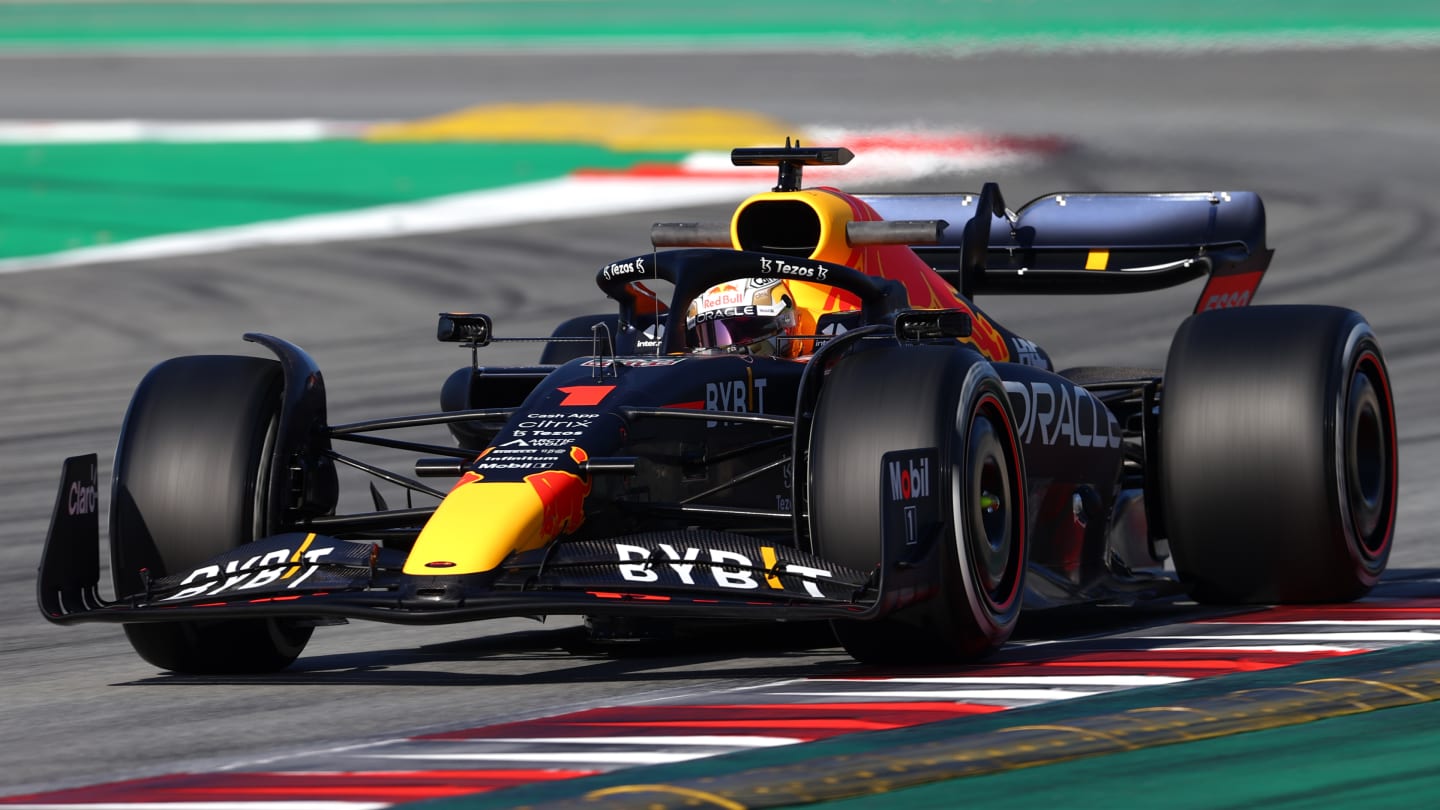
Red Bull have gone for a high-nose design
As such, the optimum nose/front wing height needs to be considered as a three-dimensional challenge. Part of that includes how the front suspension is packaged – and Red Bull have joined the McLaren club in switching to a pull-rod front, with the inboard rockers down low.
At the rear, Red Bull – like McLaren and Alfa Romeo – have switched to a push-rod layout. Given that AlphaTauri are taking the full Red Bull rear end, it means that the AT03 is also push-rod at the rear (even though the launch renders suggested pull-rod).
READ MORE: Charles Leclerc sets the fastest time on the morning of Day 1 in Barcelona
Unique radiator inlet
Although the rectangular radiator inlets themselves are similar to those seen on the Mercedes and Aston Martin, the bodywork around them is quite different, with a long ‘tray’ extension separating the air heading for the inlet for cooling purposes from that feeding around the sidepod undercut underneath, which has important aerodynamic work to do.

A close-up of the RB18's sidepod design
Above that undercut is a relatively flat-topped sidepod which then ramps down at the rear to accelerate the airflow between the rear tyres. There’s a similarity with how the AlphaTauri’s sidepods are shaped in profile and with how the cooling channels must break away internally from the external shaping in order to exit around the exhaust outlet at the back.
READ MORE: ANALYSIS: The fascinating design features – and Red Bull cues – on AlphaTauri’s AT03
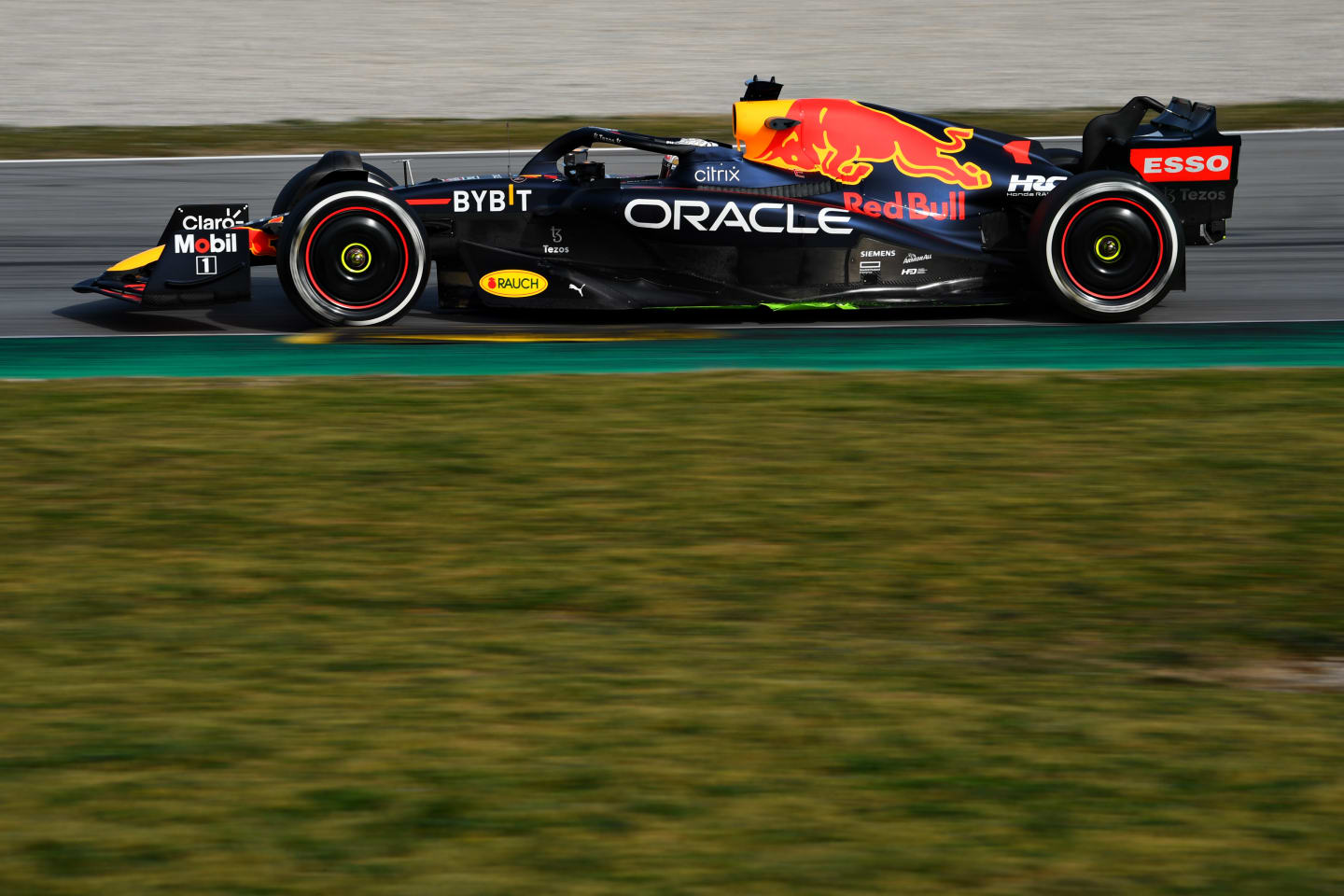
The Red Bull features a sharp ramp at the rear of the sidepod
Just behind that outlet is a very interesting take on the beam wing, which is much more aggressively shaped than on other cars in how it effectively extends the diffuser. The aerofoil profile of that wing – and therefore the strength with which it will pull on the diffuser – is limited by the two-element stipulation.
But Red Bull have arranged the elements in such a way that the lower one is shaped almost as a single, aggressively-shaped aerofoil.
More technical analysis on 2022 car launches
- ANALYSIS: The fascinating design features – and Red Bull cues – on AlphaTauri’s AT03
- ANALYSIS: Williams forge their own path with FW44 design
- Massive variation and ingenious solutions – What we learned from the first week of 2022 launches
- ANALYSIS: The key feature on the MCL36 that McLaren are hoping will give them an edge on rivals
- ANALYSIS: The intriguing design features on Aston Martin’s new AMR22
- ANALYSIS: What Haas’ VF-22 can teach us about how teams have approached the 2022 regulations
YOU MIGHT ALSO LIKE
News Ex-Red Bull driver Webber assesses challenge facing team after ‘unacceptable’ lap time difference between Verstappen and Lawson
News Formula 2 racer Victor Martins joins Williams Driver Academy
Feature IT'S RACE WEEK: 5 storylines we're excited about ahead of the 2025 Japanese Grand Prix
News ‘I feel really lucky’ – Antonelli expands on what it’s like working with race engineer ‘Bono’

